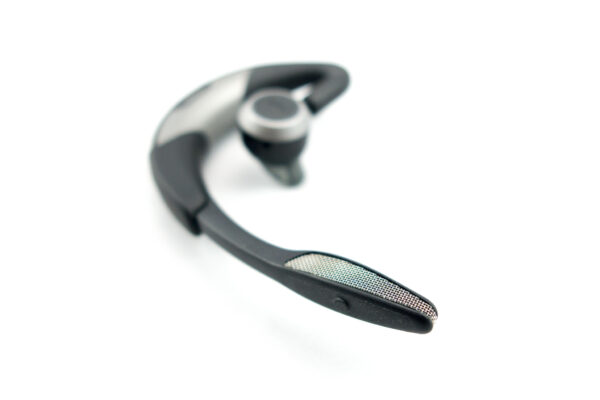
Messaging apps are a big hit on our smartphones. But for some of us, we still need to use our phones to make voice calls. If you find yourself making frequent calls or long calls, and in particular also need to keep your hands free, Bluetooth headsets like this Jabra Motion are a godsend.
The Jabra Motion is a behind-the-ear style headset. The look and design may be vague familiar to some people. In particular, it reminds me of the old Jabra BT250v headset I used to own many years ago. The new Jabra Motion, of course, is a lot more advanced. It has voice commands, voice guidance, and motion sensor intelligence that adds smartness into how you use and interact with the headset. It supports Bluetooth 4.0 and is NFC-enabled.
The microphone boom of the Jabra Motion folds inward, making the headset just slightly more compact for storage and carrying around. The folding action also doubles up as an on-off switch. Extend the microphone boom switches on the headset, and folding it switches it off.
The earpiece itself sits in the outer ear, with a soft silicon gel helping to make a more secure seal to the ear canal opening. Three different sizes are included in the box. The large call button on the outer face of the earpiece is very easy to locate when you’re wearing the headset, and it is used for taking and ending calls.
The earpiece can be extended from the rest of the headset, enabling you to adjust its reach to fit the size of your ears. You can also turn it laterally at two angles. If you extend the earpiece fully, it can be turned around 180° so that you can use the headset on the other ear.
There’s a large touch sensitive slider surface on the back of the behind-the-ear part of the headset. The slider serves as a volume control. You just need to slide your finger up or down the surface to adjust the volume level of the headset. It sounds neat in principle, but in practice, the slider wasn’t always that responsive. A nice feature, however, is that the Jabra Motion can automatically adjust volume based on the level of background noise.
Below the volume slider, you’ll find the exposed Micro USB port for charging the headset. It might have been nice for the port to be protected by some sort of sleeve or tethered port cover.
The microphone is on the boom arm that, as mentioned earlier, folds up to switch off the headset when it’s not in use. The microphone is on both sides, so that you can wear the Jabra Motion headset on either ear. Behind the microphone is a smallish button used to activate the headset to listen for voice commands.
On the inside of the headset, not visible while worn, there are some LED status indicators. One for Bluetooth status (lit in the photo below), and the other for the battery status.
The Jabra Motion may be a large headset, and not all that light at 18 g, but the over-the-ear design helps distribute the weight so you don’t feel that it’s particularly heavy when worn. In fact, the headset is not only comfortable to wear, it also sits quite securely in the ear, even for people who wear glasses. This is something you can wear for long periods of time without feeling any strain, excellent for those occasions when you need to make extended phone calls.
Setting up the Jabra Motion is relatively easy. It features NFC pairing, or you can pair to it manually from your phone’s Bluetooth menu. To start pairing, start with the microphone boom arm folded up, then while pressing the call button, open the microphone boom arm, and hold the call button until the Bluetooth status indicator starts blinking. Then, just follow the voice guidance given by the headset.
A very neat feature of the Jabra Motion is that the headset pairs with multiple Bluetooth devices, and connects with them simultaneous. I was able to use it with both my OnePlus One phone and my Retina MacBook Pro at the same time.
Whenever I switch on the Jabra Motion, it instantly connects to both my phone and notebook too! I didn’t have to manually tell either of the devices to go connect with the headset. This is really so cool!
The Jabra Motion has another cool trick. Suppose you leave the headset on your table, and your phone rings. As soon as you pick up the headset, the Jabra Motion answers the call. Yes, automatically. I know, it’s not a whole lot more effort to press that button on the earpiece. It’s still a cool trick to have, though.
Voice commands can be a pretty useful feature if you need to keep your hands free as much as possible. The Jabra Motion handset listens for a command when you press the button on the microphone boom arm. The controls available through voice commands are basic, but you at least get to dial phonebook entries on your phone. I’m not a fan of voice commands, and I didn’t find the Jabra Motion’s voice commands particularly clever. The tiny activation button on the microphone boom arm is a little difficult to press.
Audio quality on the Jabra Motion headset is good. The sound produced on the Jabra Motion’s headset speaker is surprisingly good, and I’ll elaborate on that a little more later. The microphone pick up works well. I thin it helps much that the extended boom arm brings the microphone closer to the mouth. Most importantly, the noise cancellation is really great. Callers will hardly notice or realise at all that I’m using the Jabra Motion travelling in a car or bus.
Now, the Jabra Motion is a mono headset (of course, since the earpiece is only for one ear), so you probably wouldn’t want to use it to listen to music. That said, the headset does support streaming music from your Bluetooth phone or notebook. Music is streamed from only one device at any one time, even though the Jabra Motion connects to multiple devices simultaneously. You cannot control music with the headset, as there is no AVRCP support.
Even though the Jabra Motion isn’t quite a musically-inclined headset, the headset speaker performs far better than I had expected. It produces deep satisfying bass response, and overall sounds from the headset speaker are full. The highs are a little weak. Then again, this is certainly not a headset for listening to music. However, if you do need to use it for an occasional track, YouTube video, or what not, the Jabra Motion will work. The sounds are more tuned for voices, and using the Jabra Motion for phone calls like it was intended to, the far end person does come across very loud and clear.
The Jabra Motion’s battery life is rated for 8 hours of talk time and 360 hours of standby time. You can press the call button (when not in a call) to get a battery status voice readout.
Jabra has the Jabra Connect app for both Android and iOS which allows you to change a variety of settings on the headset, including battery saving features and sound profiles. The app also builds in a feature to track and help you find the last-seen location of your Jabra Motion, in case you should leave it behind somewhere. Finally, you can also use the Jabra Connect app to take voice notes.
In the box, the Jabra Motion comes with a USB cable, a USB charger, and three sizes of silicon ear gels. This is the basic model of the Jabra Motion. There are other retail variants of the Jabra Motion, which differ in the included accessories.
The Jabra Motion retails at S$198.
Conclusion
The Jabra Motion works great for anyone who needs to make frequent or long phone calls.
Pros:
- Pairs with multiple devices, and connects to them simultaneously
- Great sound quality
- Good microphone pickup with superb noise cancellation
- Comfortable to wear
Cons:
- Voice commands don’t work all that well
- Volume slider isn’t very responsive
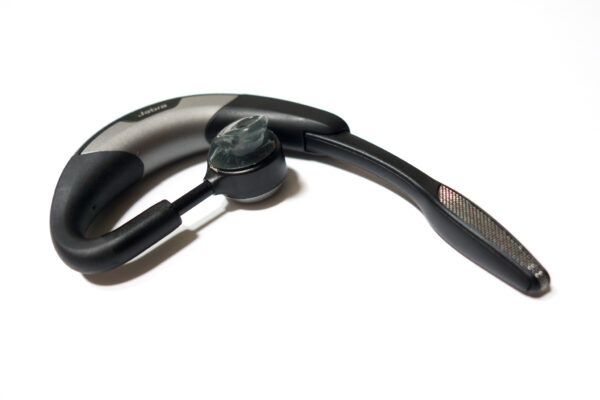
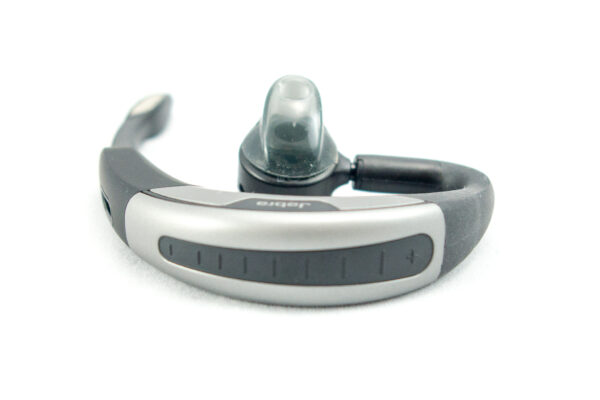
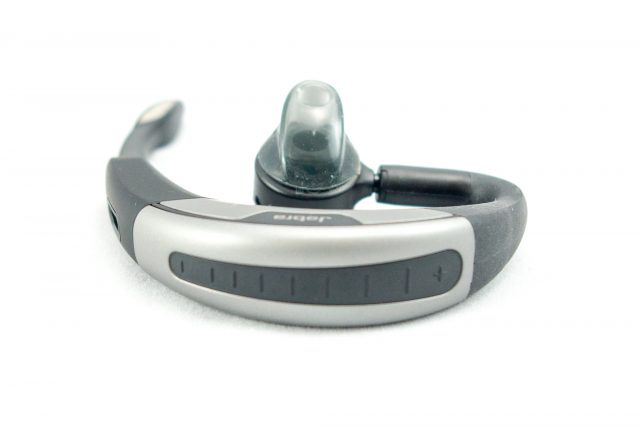
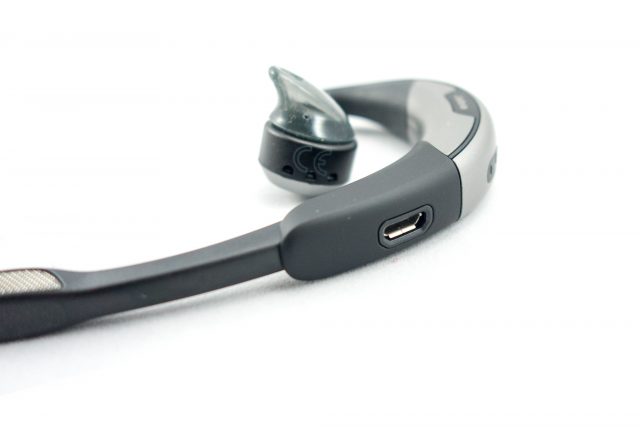
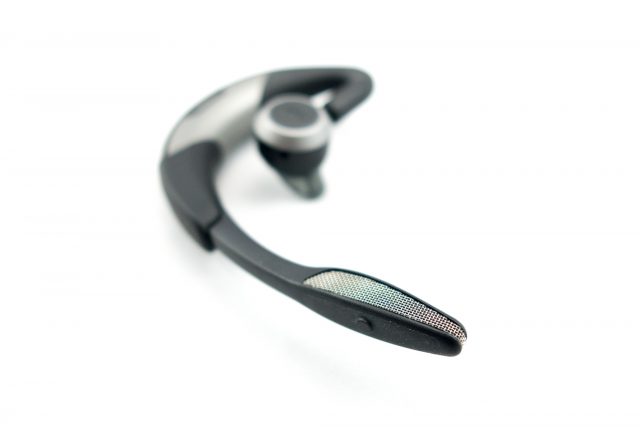
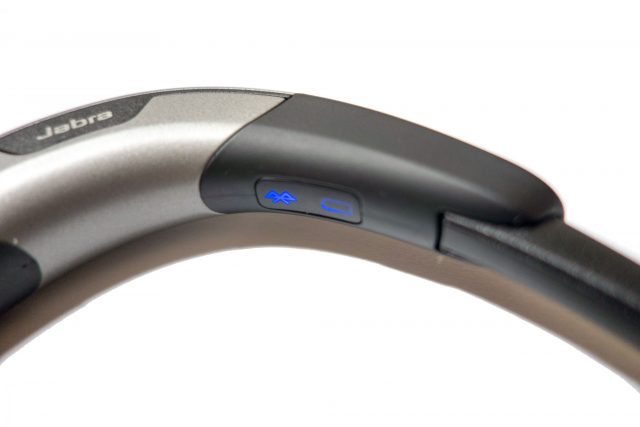
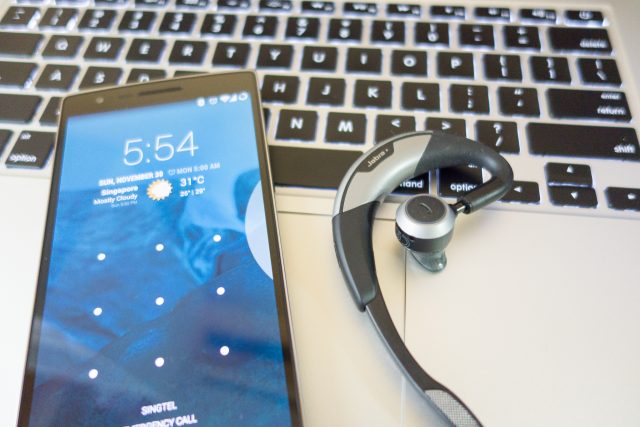

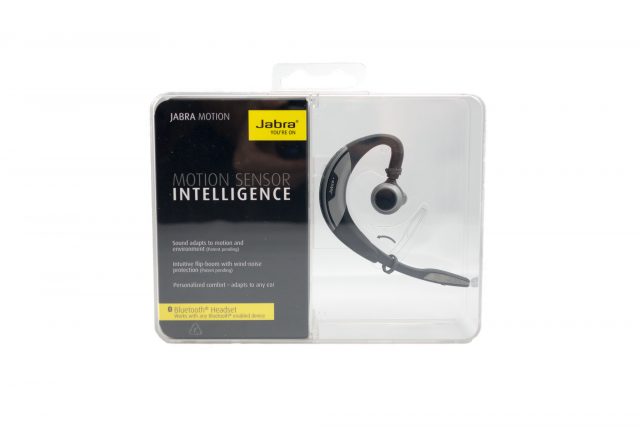
View Comment Policy